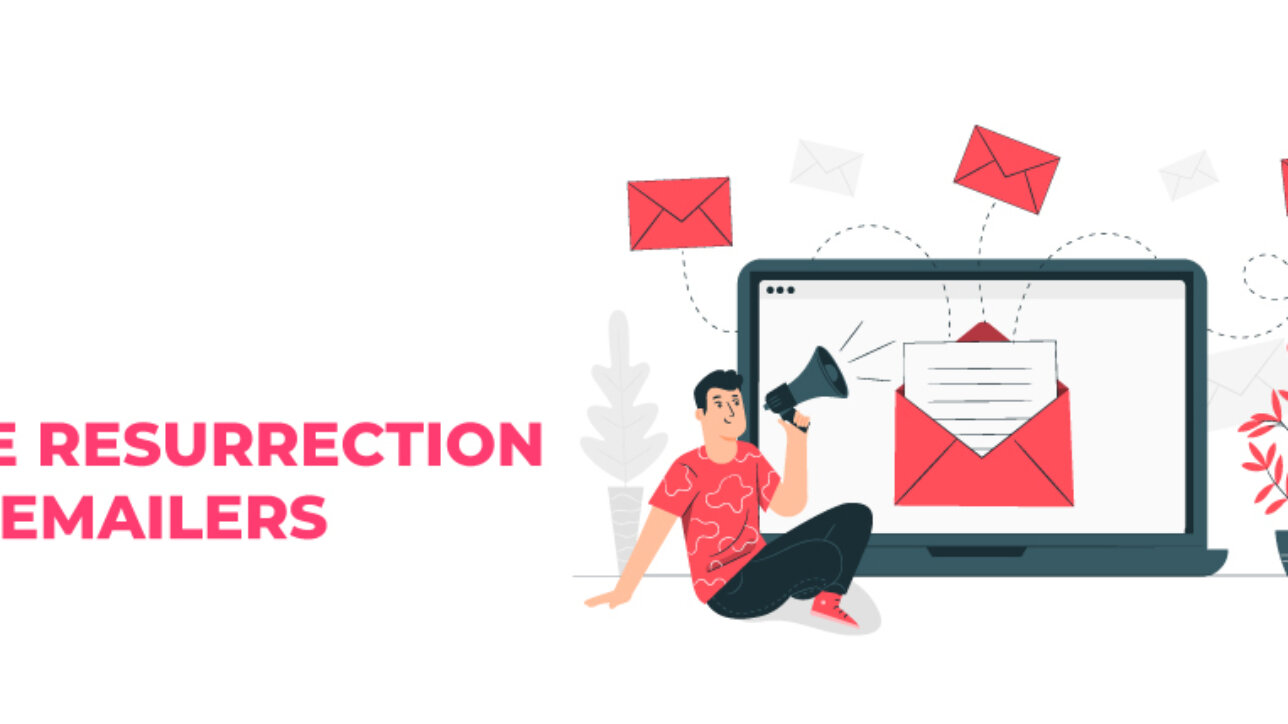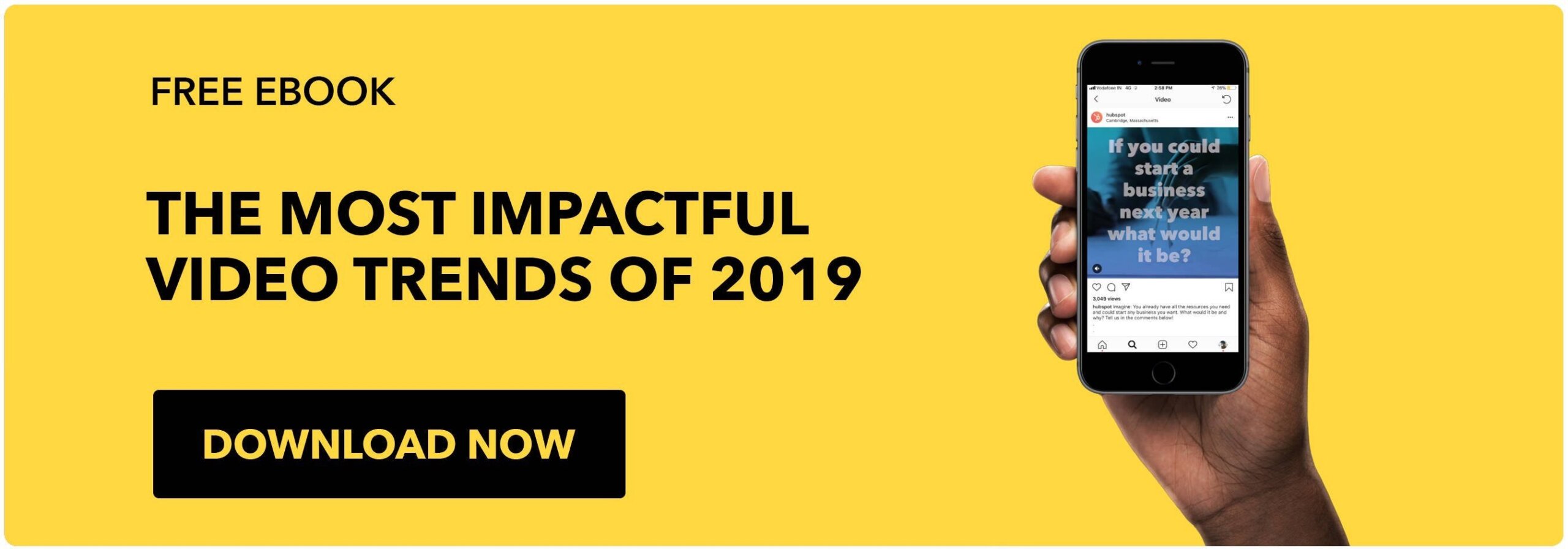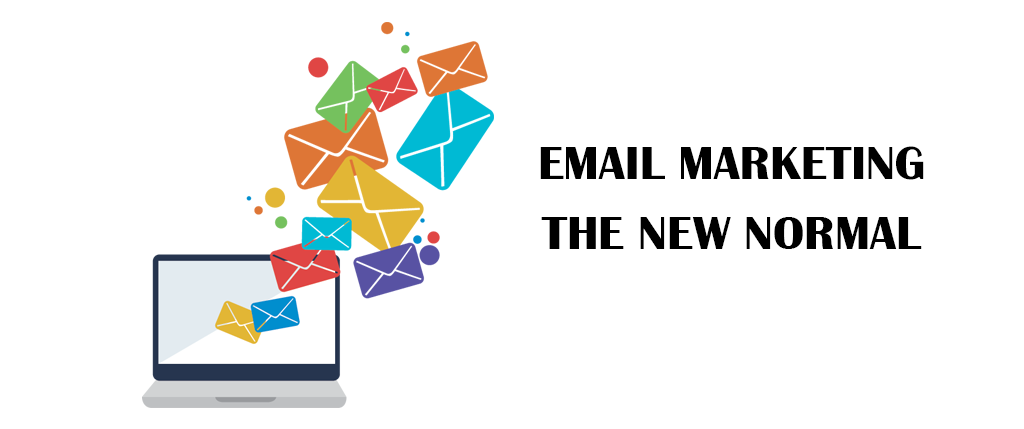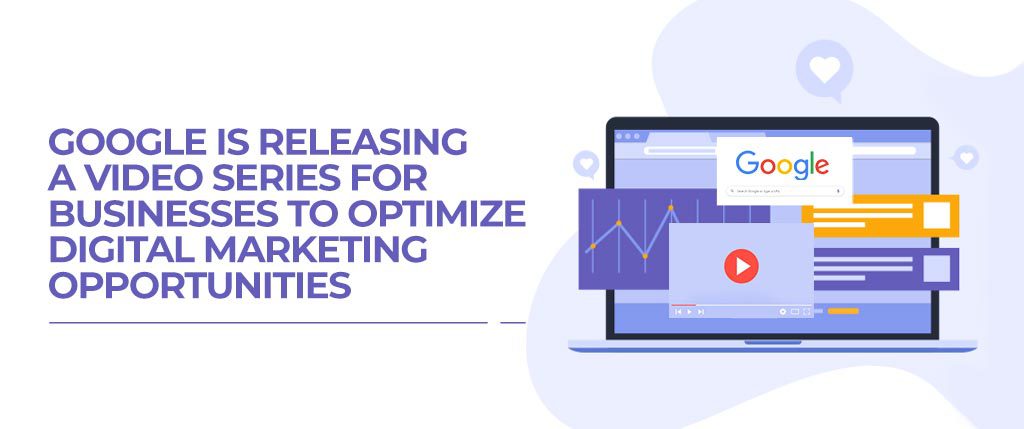The novel coronavirus has bought the world to its knees. Travel is banned, the Olympics is delayed and even entire countries are locked down to prevent further spread. It isn’t surprising that businesses aren’t immune to the effect of COVID-19 crises.
Most businesses that deal with non-essential products and services have reported a decline in sales from the very first week of the lockdown. Due to the current crises, physical stores have shut down indefinitely, and even online stores are finding it difficult to fulfil their orders due to supply chain disruption and limited logistics capacities.
Marketing efforts too have greatly been impacted. As most of the county is in lockdown, the appeal for certain forms of advertising — outdoor advertising for example — is almost non-existent, for obvious reasons. Moreover, marketing budgets are already starting to shrink to provide a buffer of cash flow to keep the companies afloat. Brands want to stay relevant. They want to reach out to their customers and communicate, and even try to create an impact. But the sad reality is that, even with crisis communication strategies in place, most brands just don’t know how.
This is a three-fold problem.
- Reach – Creating adaptive campaigns that have good reach and engage consumers wherever they are.
- Cost- The campaigns need to be cost-effective in the light of budget cuts.
- Impact- They need to help the brands stay relevant and fresh in the minds of consumers. Bonus points if they can enable brands to reach out and help the community in some way.
What if we told you this complex problem has a simple solution? Something so simple, that it is even overlooked even by veteran marketers?
Email-marketing!
Not convinced? Let us take you through how emailers are making a comeback and why you need an email marketing strategy during this crisis.
A general rise in the use of emails during the current pandemic
Due to extended periods of social isolation, it is hardly surprising that people are moving on to digital platforms. It might make sense to think that most of the general population would migrate to social media channels, which is not a wrong assumption. However, more and more people are distancing themselves from social media to avoid anxiety and fear regarding the COVID-19 crises and protect their mental health.
It doesn’t mean people have shunned digital media altogether. The medium of viewer’s attention has just shifted, not the platform. You may ask yourself if people are not on social media, what are they doing online during the lockdown?
- More and more employees are working remotely
- Educators are conducting classes online
- Students study, collaborate for group assignments on services like google classroom
- Although some events are cancelled (like Google I/O), others, like Adobe’s Summit and Facebook’s F8 have gone fully or partially digital.
- A lot of people are updating their industry-specific skills by attending webinars and taking online courses.
What do all these have in common? If you guessed, ‘the need for an email ID’, you are on point. Hence, it shouldn’t come as a surprise that there is a general upward trend in email communication during crises. The humble e-mail has re-emerged as not only an important means of personal communication but also as a support for almost every digital activity.
Email Marketing during COVID-19
Email marketing is one of the oldest forms of digital marketing. In simplest terms, email marketing means using emails to promote your company and services. It’s used to build relationships with potential buyers, keep current buyers aware and updated about your brand, and inspire consumer loyalty. Email marketing can be used to build customer trust and turn them into repeat customers. It’s also an easy way to keep your customers informed on new launches or promotions you run.
Email marketing should be an important tool in every marketer’s arsenal. Here are a few things emailers can do for you.
Email Retargeting
The average rate of conversion of a website is about 2%. A good email marketing strategy that includes retargeting campaigns can target 98% of potential customers who are still indecisive about buying your product.
Spread a wider net
Sure, a big chunk of the millennial population is on social media, but if your product caters to anyone over 30 years of age, it is a smart move to add email marketing strategy to your marketing mix to ensure you cast a wider net and the customers that are not on social media, don’t slip through cracks.
Upsell and Cross-sell
It becomes infinitely easier to upsell and cross-sell your products on email as your customers are already aware of your brand. Plus points if you can personalise the email using their recent purchase history.
Engaging inactive customers
When the cost of customer acquisitions are rising sky high, it makes much more sense to diversify your efforts and spend some time retaining the existing consumer base. Emailers are a great tool to send a wake-up call to your inactive customers and say, “Hello we are still here and we still remember you” and nudge them to their next purchase.
Share updates and build credibility
Emailers not only inform your consumers about the promotions and discounts but also send them directly to your landing page for a no-fuss fast purchase. Effective communication during crises through emailers builds credibility and increases brand awareness.
Email Marketing Remains the Most Effective Medium For Modern Marketers
Easy to Track
It tends to be relatively inexpensive and easy to track, especially as compared with other types of traditional marketing. Through the use of email marketing software, everything is trackable, and you can know who is accessing your emails, who clicked through to your website and more.
Email has a Wider Reach
Email is the web’s currency, and almost everyone online has an email address, thereby giving you a massive audience. So while Facebook and Twitter may seem relatively ubiquitous, the continuing fight over data breaches and privacy means a lot of people are leaving those outlets on social media, but still, continue to use their emails. Wider reach results in email campaigns being more effective.
Email drives conversions
Most of the marketers are focused on driving conversions. Irrespective of whether they do so in the form of leads, purchases, memberships, or a specific measure to your marketing plan. The main aim is to turn potential customers into paying customers. And there’s no more efficient method than email marketing when it comes to conversions.
Cost-effectiveness
If you want the maximum value for your money, look nowhere else. The cost of email marketing is lower if not the lowest as compared to other forms of marketing. Apart from being cost-effective, email marketing has one of the highest rates of returns on investment (ROI). According to Campaign Monitor, email marketing typically generates about $38 in revenue for every dollar spent.
If you are still not sold on the sheer awesomeness of emailers, here is the cherry on the top. By using the latest tech, you can leverage current trends to make your email campaigns even more successful. Here are a few ways to get you started.
Leveraging trends in email marketing to make email campaigns even more effective
Personalised Mailers
Everyone likes to feel special, and with personalised emails, you can make every one of your consumers feel like the message was handcrafted just for them. Personalised email campaigns are a proven way to improve your click-through and open rates, and can have a tangible effect on your ROI and revenue.
Use of Artificial Intelligence
From optimising subject lines to recommending time frames to send emails, AI is learning and updating itself every day and helping us not-so-smart humans make smart decisions.
Interactive Email Designs
Be it using videos or GIFs or countdowns interactive content is always a win on any platform. Emailers aren’t any different. Interactive mailers will skyrocket your click rates and increase engagement.
Emailers have often been underdogs of the communication strategy and have often been underestimated.
But due to the COVID-19 crisis, there is a gradual shift in the way money is spent on marketing, based on how the public absorbs media, particularly with the nation’s lockdown. Due to this, email marketing has become an essential component of overall marketing efforts.
Businesses need to capitalise on this trend to stay relevant to their clients and to decrease inefficiency by increasing ROI through distributing marketing costs. Sounds too complex? Don’t worry, we are here to help! [email protected]






